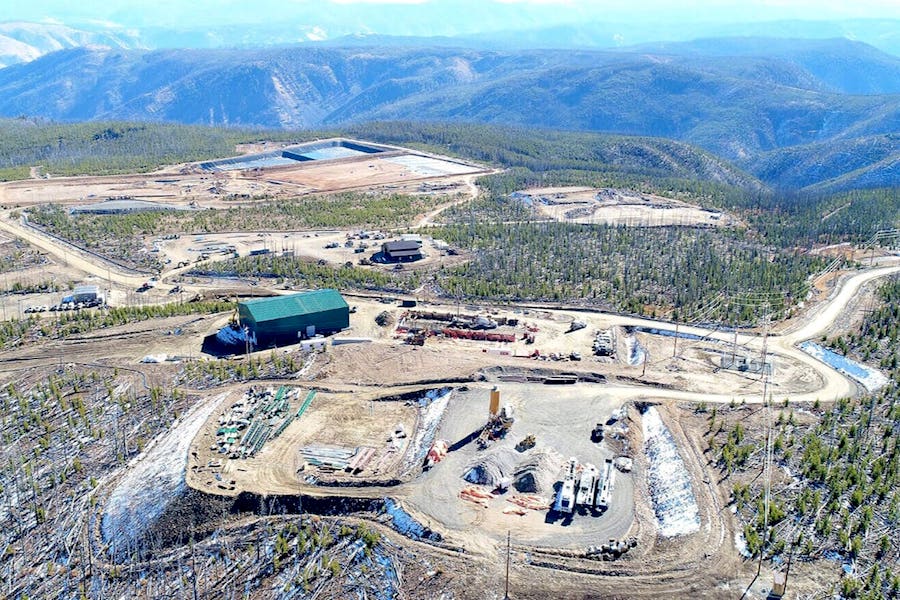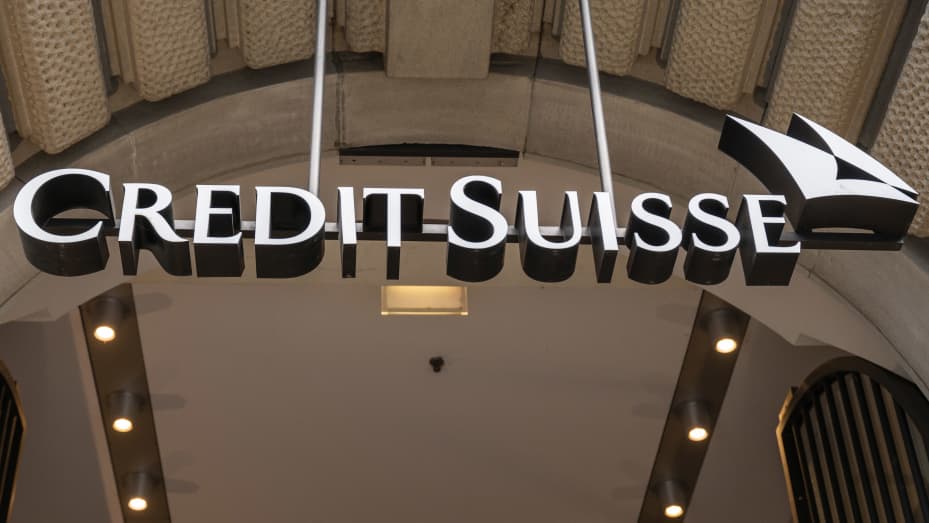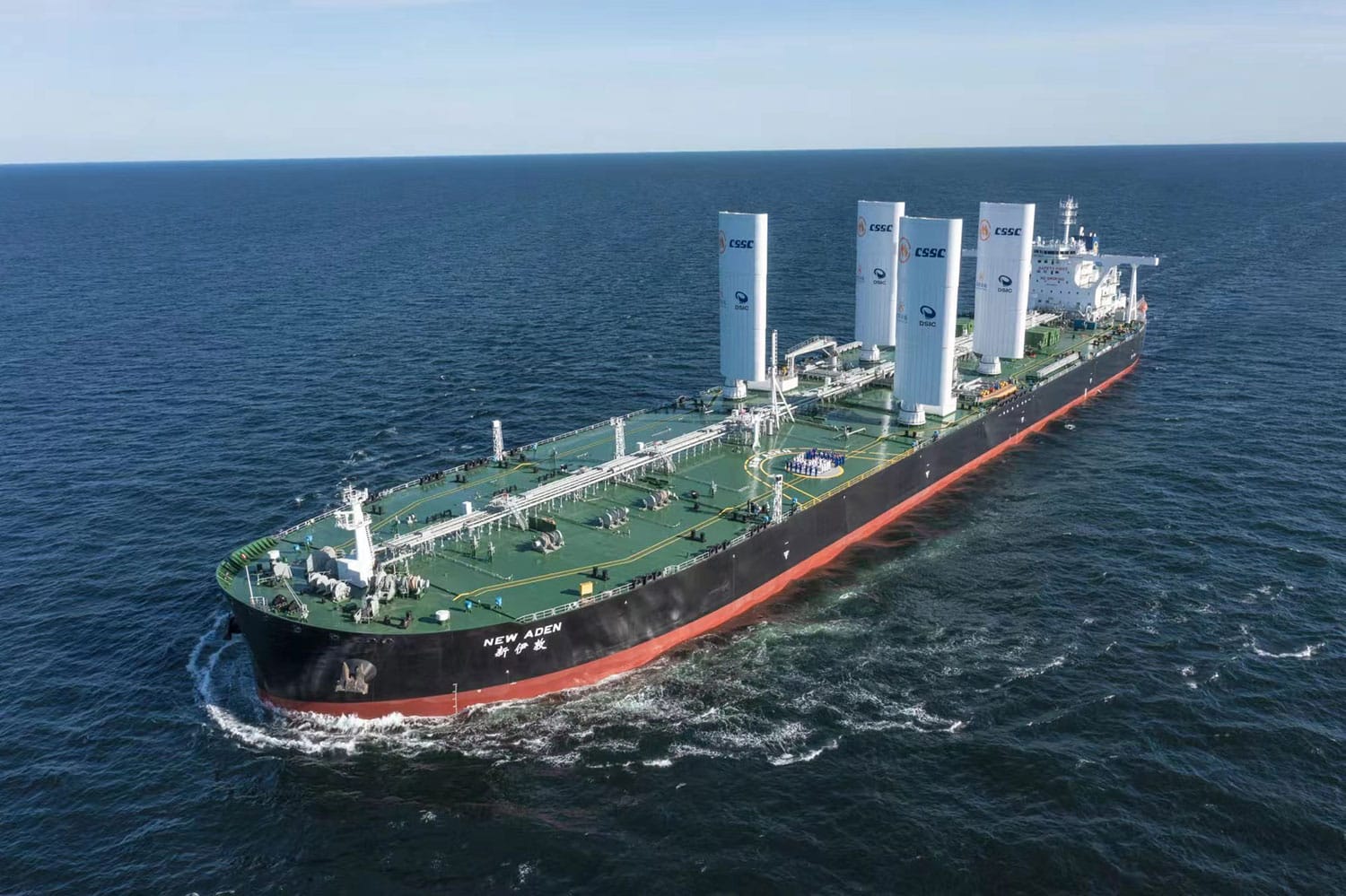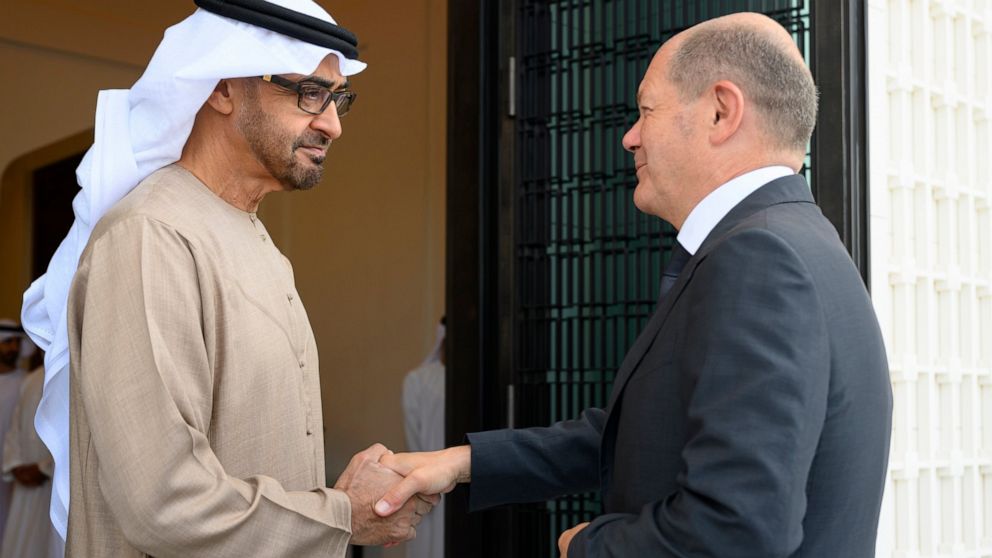
https://www.mining.com/web/chinas-billion-dollar-cash-for-copper-trade-grinds-to-a-halt/
For the past 15 years, the center of
gravity of the global copper market has been a row of warehouses in
Shanghai’s free-trade zone where the Yangtze River meets the Pacific.
Traders from London to Lima would obsess over the flows in and out of
Shanghai’s huge bonded copper stockpile. It was the focal point for a
multi-billion-dollar cash-for-copper trade, whereby Chinese companies
would use metal as collateral for cheap financing. A cottage industry of
analysts sprang up to estimate the size of what became the world’s
largest cache of copper metal.
Sign Up for the Copper Digest
But now China’s bonded warehouses are all but empty. The
once-frenetic flow of metal into the stockpile has come to a juddering
halt as two dominant financiers of Chinese metals, JPMorgan Chase &
Co. and ICBC Standard Bank Plc, have halted new business there. Numerous
traders and bankers interviewed by Bloomberg said they believe the
trade is dead for now, and some predicted the bonded stocks could drop
to zero, or close to it.
The implications are being felt across the market, as the world’s
largest copper consumer becomes more reliant on imports to meet its
near-term needs at a time when global stocks are already at historically
low levels. The Chinese copper market is at its tightest in more than a
decade as traders pay massive premiums for immediate supplies.
For now, the miners, traders and financiers arriving in London this
weekend for the annual LME Week jamboree are largely cautious on the
near-term prospects for copper, given concerns about the global economy.
But many in the market say they are braced for price spikes when the
macroeconomic news eventually improves. And without its buffer of bonded
stocks, any pickup in Chinese demand could have an explosive effect on
the market.
“The physical market is so tight, it’s like a room full of gunpowder —
any spark and the whole thing could blow,” said David Lilley, chief
executive of hedge fund Drakewood Capital Management Ltd. Without the
Shanghai bonded inventory, “we are living without a safety net.”
China’s bonded copper stockpile (so called because metal there is
held “in bond,” before import duties have been paid) first came to the
world’s attention in the wake of the global financial crisis. When
copper prices slumped, Chinese traders bought up all the metal they
could find — thanks to Beijing’s massive stimulus plan — making copper
the leading indicator of the global economic recovery.
But China wasn’t actually consuming all that copper — at least, not
right away. Instead, the traders directed it into the bonded stockpile,
using the metal to raise financing. An expansion of government credit to
support trade and infrastructure meant there were many easy
opportunities for companies to raise money with copper — using bank
lines for import financing or repurchase agreements, known as “repos,”
to turn their metal inventories into short-term cash.
“It’s like a room full of gunpowder — any spark and the whole thing could blow.”
The money they raised could then be reinvested in other areas, such
as the red-hot property market. Many Chinese companies with no
connection to the commodities industry hired teams of traders and
bankers to get into the copper game. The ebbs and flows of China’s
credit cycle began to drive the global copper market.
At the peak in around 2011-12, China’s bonded stocks held about a
million tons of copper, worth some $10 billion. This month, they totaled
just 30,000 tons, according to industry consultancy Shanghai Metals
Market. That’s down nearly 300,000 tons from earlier this year and the
lowest level in decades, according to several Chinese physical traders
who have been in the market for over 15 years.
Warehousing fraud
The decline began several years ago, with the massive warehousing
fraud at Qingdao in 2014 that caused many banks and traders to reassess
their appetite for the Chinese metals industry as a whole.
But it accelerated this year, as China’s economic slump, rising
interest rates and several high-profile losses caused more participants
to step away. The final blow came this autumn, as Maike Metals
International Ltd., China’s top copper trader and a very active
participant in the bonded copper trade, faced a liquidity crisis.
JPMorgan and ICBC Standard Bank have not entered new metal financing
trades for bonded metal since September, and people familiar with the
matter said it’s not clear if they will restart.
The Chinese physical traders, who asked not to be identified, said
they expected Shanghai’s bonded copper stocks to drop further —
potentially to zero, or just a few hundred tons — as market participants
have lost confidence in the business of using metal to raise financing
for other purposes.
To be sure, China’s copper imports and production have remained at
high levels despite the economic slowdown: the metal just hasn’t been
going into bonded warehouses.
But the consequence of the collapse in stocks is already being felt
in the market. Copper for immediate delivery on the Shanghai Futures
Exchange traded this month at a 2,020 yuan premium to copper for
delivery in three months – the most since 2005. Physical premiums —
which are paid over and above exchange prices to secure physical metal —
have risen to the highest in nearly a decade at Yangshan, in Shanghai’s
bonded zone.
And it’s not just in China that stocks are low. Robert Edwards at CRU
Group estimates that global copper stocks currently stand at just 1.6
weeks of consumption — the lowest ever in the consultancy’s data going
back to 2001.
As a result, any improvement in the macroeconomic outlook or pickup
in Chinese demand could have dramatic implications for global copper
prices.
“If the Chinese economy does get a bit better we could in a lot of
commodities be saying, ‘Oh, where’s the inventory?’” said Mark Hansen,
chief executive of metals trader Concord Resources Ltd. “We’ll find it
just doesn’t exist.”
(By Alfred Cang and Jack Farchy)



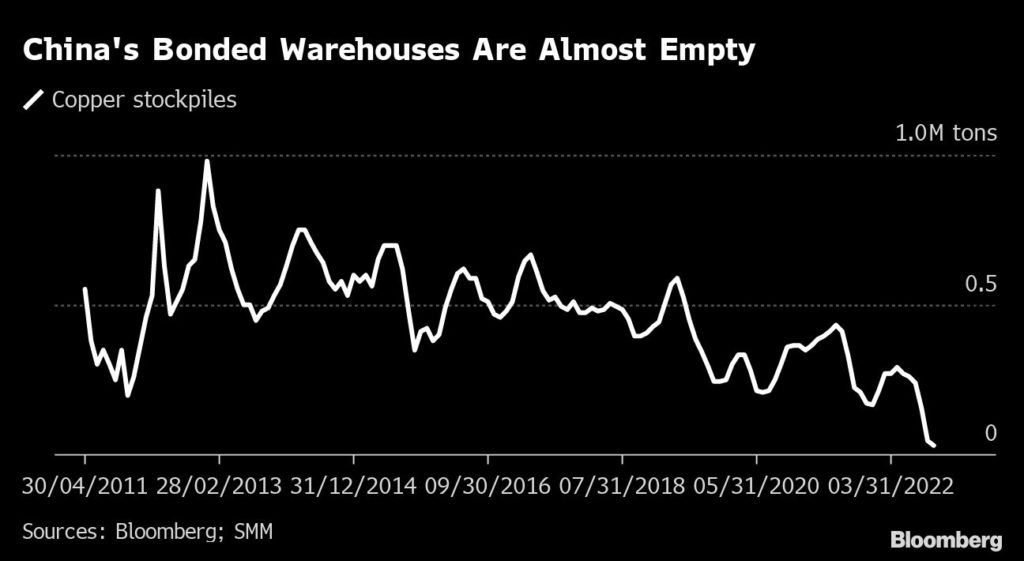
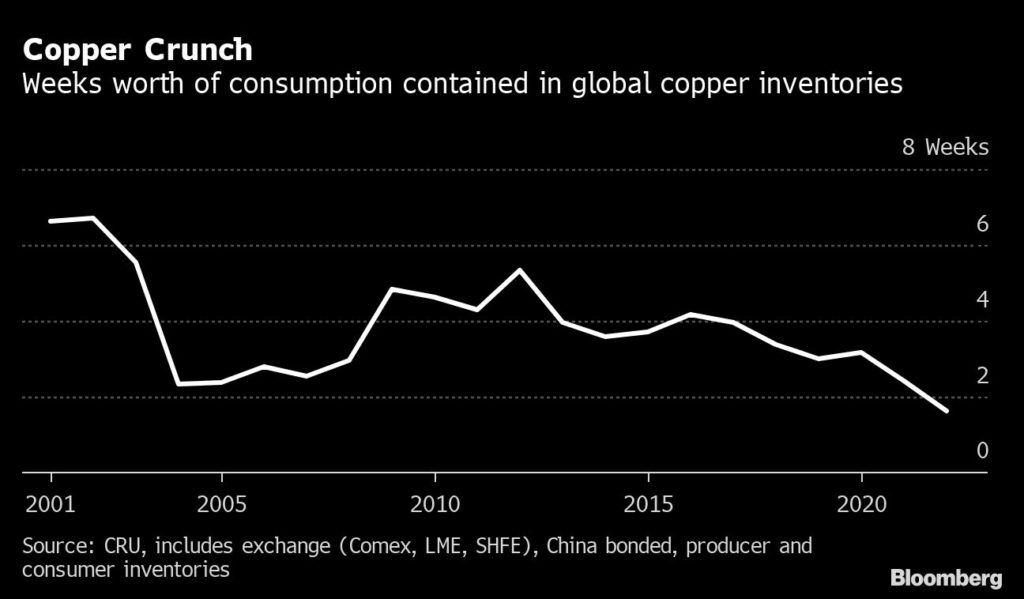

.jpg)

.jpg)

